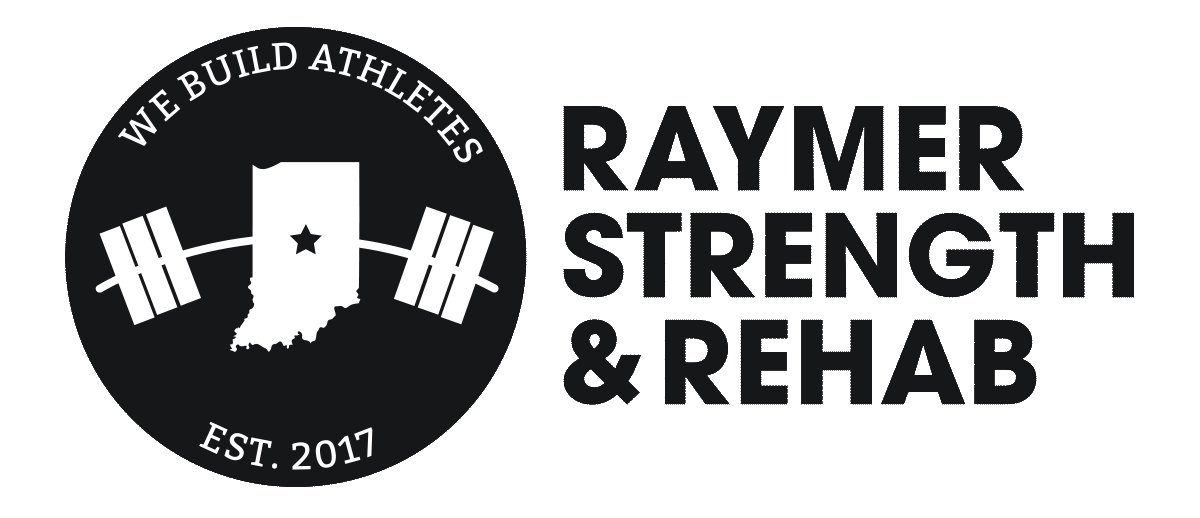New Study: Awareness of Safe Pitching Guidelines in Youth Softball
A new research study focusing on youth Fastpitch Softball has been published in the May issue of Orthopaedic Journal of Sports Medicine.
Over the last two decades, published studies have demonstrated the windmill pitch is NOT a ‘more natural motion.’ Pitchers put significant peak forces on their bodies each time they pitch, and they do it over, and over, again.
As strength and conditioning professionals, we have been focused on maximizing our pitching athletes’ chances for success and health. We’ve changed how we program for our pitchers as a result.
Established, universal pitching guidelines for youth softball don’t really exist. Any guidelines published by youth sports organizations have not been based on data. This study set out to determine whether or not caregivers are aware of any youth softball pitching best practices.
Let’s dig into it.
A quote from the conclusion of this study.
Caregiver Awareness of Safe Pitching Recommendations in Youth Fastpitch Softball Pitchers
Authors: Sravya Kamarajugadda, BS, Jack Italiano, DO, MaryBeth Horodyski, EdD, ATC, LAT, Jason L. Zaremski, MD, Marissa Pazik, MS, LAT, ATC, CSCS, Giorgio Zeppieri, PT, SCS, Kevin W. Farmer, MD, Stephanie Brombacher-O’Connell, PA-C, Bryan Prine, MD, CAQSM, and Michael Seth Smith, MD, CAQSM, PharmD
Read the Full Study: SageJournals | PDF
Summary:
A survey was given to caregivers (parents, guardians, etc.) of 10U-18U softball pitchers. The authors partnered with Triple Crown Sports, Rising Stars, Florida Amateur Softball Association, and private instructors to distribute the anonymous survey.
In addition to asking questions specific to pitch guideline awareness, caregivers supplied information on the pitching volume for their pitchers and any report of upper extremity pain/injury potentially related to excessive pitching.
115 surveys were collected and analyzed.
Key insights:
Only 14.8% were aware of any softball pitching recommendations.
Almost all caregivers (93%) said they would comply with universal guidelines if they were established.
85% reported that their child pitched more than 7 months out of the year, with 57% reporting nearly year-round pitching (10-12 months)
57% reported upper extremity pain after pitching (shoulder, upper arm, and elbow, respectively). Of those that suffered arm pain, 22% sought medical evaluation.
Study Limitations:
Respondents might not have accurately recalled pitching volume in all cases.
The survey was limited to respondents in North Central Florida, where the warm climate can allow more games.
There was no way to tell if caregiver that responded was the one primarily in charge of the child’s sport participation.
The study used STOP Sports Injuries pitching guidelines as the pitching guideline source of truth, which the authors acknowledge is not based on any softball data.
Our Thoughts
It’s not surprising that parents have little to no awareness of any softball pitching guidelines. Guidelines are few and often disagree, and they aren’t based on any data.
Baseball has a lot more data available– and this illustrates the measurable data disparity gap between female and male athletes. We suggest parents follow youth pitch count guidelines for baseball based on the force data that we have on softball pitchers. Until more data is available specifically for softball, this is the most conservative approach to player health and safety.
The study reported that more than half the pitchers were pitching year round, and more than half suffered upper extremity pain after excessive pitching. It became clear to the authors that pitchers weren’t getting enough rest.
It’s not a shock— we see this year round pitching with our athletes. The lack of a true off season often hampers their true physical potential. Recovery and rest become PARAMOUNT.
So what can we do to positively impact softball pitcher health and safety?
Advocate for more studies on youth fastpitch softball pitching volume.
We need studies with larger sample sizes so that we have real ranges to start working off of outside of baseball.Encourage the sports medicine community to speak up.
This is what propelled pitching safety guidelines in baseball. We’ve started seeing Orthos, PTs, ATCs, and MDs speak up online, but there hasn’t been an organized movement in the medical community yet.Help pitching athletes establish their own tolerance ranges.
We’ve done that with our Pitch Count & Recovery Dashboard. Our pitchers track their daily pitch volume, and they indicate how their body feels (what’s sore, what’s in pain). This has helped them advocate with their school and travel coaches, and empowered them to take charge of their own health.
Interested in collaborating on this? Reach out to us on Twitter, Facebook, or Instagram.
References
Kamarajugadda, S., Italiano, J., Horodyski, M., Zaremski, J. L., Pazik, M., Zeppieri, G., Farmer, K. W., Brombacher-O'Connell, S., Prine, B., & Smith, M. S. (2023). Caregiver Awareness of Safe Pitching Recommendations in Youth Fastpitch Softball Pitchers. Orthopaedic journal of sports medicine, 11(5), 23259671231169947. https://doi.org/10.1177/23259671231169947




